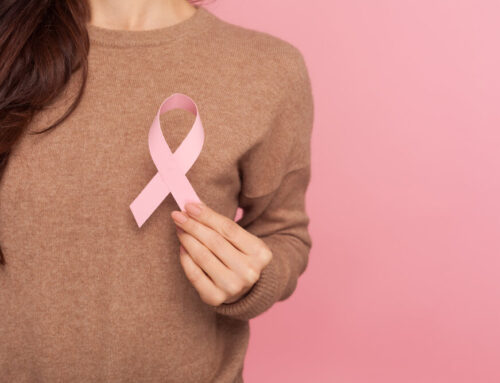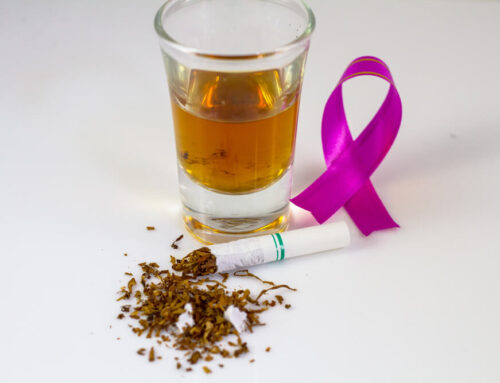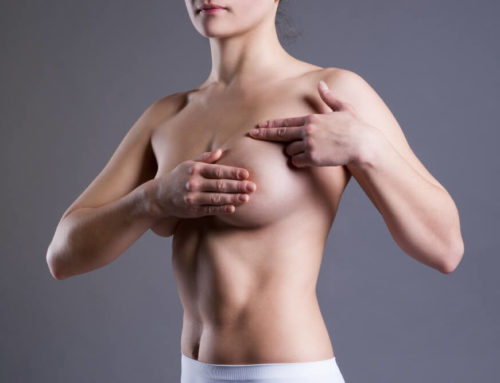Learning that you have breast cancer is one of the scariest moments that you might have in your life. Your doctor will talk with you about the best treatment options and what each treatment can do for you. A nipple sparing mastectomy is one option that you might choose. You should find out more about the procedure before talking to a doctor and learn about the potential benefits.
What Is a Mastectomy?
Having a mastectomy is one of the more popular treatment options for breast cancer. It removes the entire breast and any tissue left behind. The procedure significantly reduces the risks that the cancer may return. With nipple sparing surgery, the surgeon leaves both the skin that covers the breast and the nipple. Some also refer to the procedure as a skin sparing mastectomy as the surgeon preserves as much of the skin as possible.
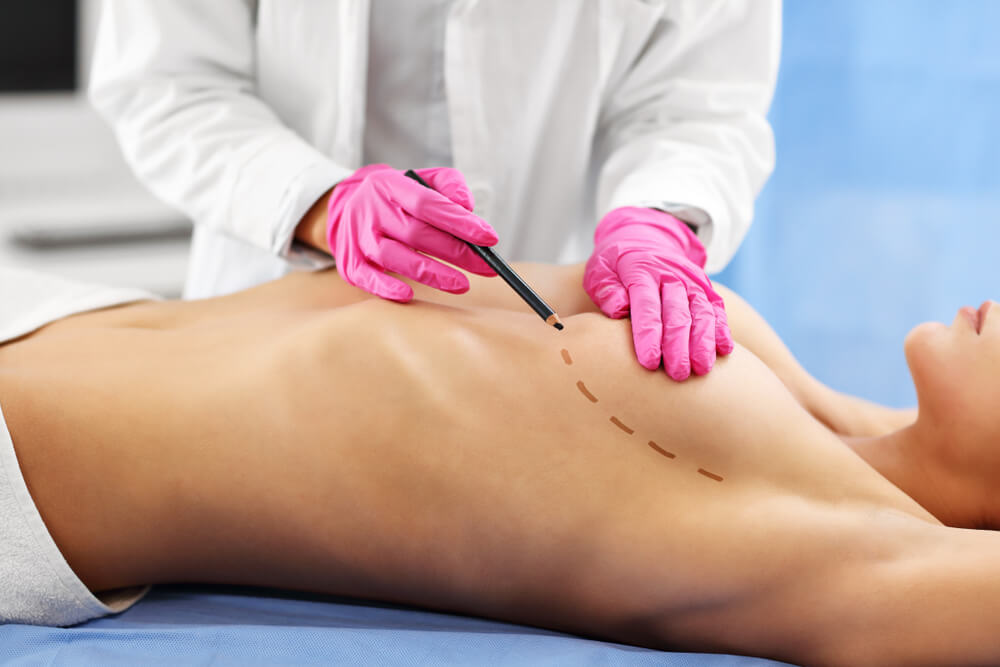
Preparing for Your Mastectomy
Preparing for your nipple sparing procedure doesn’t take as much time as you might expect. Your doctor will recommend this procedure after doing a biopsy and finding that you have breast cancer. Many women find it helpful to keep enough food and drinks on hand to last them for at least two weeks after the procedure.
They also use clips and a lanyard to keep their drainage lines out of the way when showering and changing clothes. You should take some time to go through your clothing and look for pieces that fit loosely and are easy to get in and out of after the surgery. Think about ways that you can relax at home as you recover and people who can help you, too.
Benefits of the Procedure
Before undergoing a nipple sparing mastectomy, consider all of the benefits of the procedure to make sure that it’s the best choice for you. Some of the biggest benefits of the procedure relate to your reconstruction surgery. As the surgeon leaves behind the nipple, the reconstruction gives you the natural look that you want. The surgeon also ensures that there is enough skin and a large enough skin flap that can accommodate the implant that you choose.
Other similar procedures have a long recovery time. You might wait months after having the procedure done before the surgeon can complete your reconstruction. With mastectomy nipple sparing procedures, you can opt for reconstruction surgery almost immediately. Many women schedule the two procedures within several days. You no longer need to recover from one before undergoing the next.
Another benefit that you should consider is that this type of mastectomy can reduce your risks of developing breast cancer or seeing the cancer return. A study published in 2019 found that the recurrence rates of cancer that affected the nipple and areola region were quite low among women who opted for this mastectomy. The study looked at more than 900 women in South Korea who had both the mastectomy and immediate reconstruction. Those women reported a recurrence rate of less than 5%.
Doctors also found that mastectomy was a good choice for women with the BRCA gene. This gene increases the risk that a woman might develop breast cancer and comes from the mother’s side. A study done by doctors working with the Mayo Clinic looked at more than 200 women who had both breasts removed and 145 who had a single breast removed after detecting the presence of cancer cells. The study found that none of the women who had the nipple sparing procedure had signs of breast cancer in the following five years.
There is also a chance that this type of mastectomy can reduce the risks of patients developing depression. Depression often occurs in women who had a mastectomy done because of the way they feel about their bodies. They may think that they are no longer attractive to their partners or that there is something wrong with their bodies. This procedure removes the tissues and other areas affected by cancer but preserves both the nipple and skin. It allows you to see what remains of your breast and get through both recovery and reconstruction faster, which can also help with depression and your nipple sparing mastectomy recovery.
Are There Any Side Effects or Possible Risks?
Once you consider the benefits, you should consider the possible side effects and risks, too. Those risks include some bleeding at the incision site along with mild to moderate pain. Your surgeon will likely send you home with a prescription for medication to reduce your pain. You may develop an infection at or near the incision site and swelling.
While many women experience swelling in their breasts, it can also spread to the arm. You may notice some pain in your breast and/or shoulder that makes moving difficult or causes some stiffness. Other side effects can include damage to the nearby tissue, a buildup of fluid, and/or numbness. The doctor will give you aftercare instructions that you can use at home.
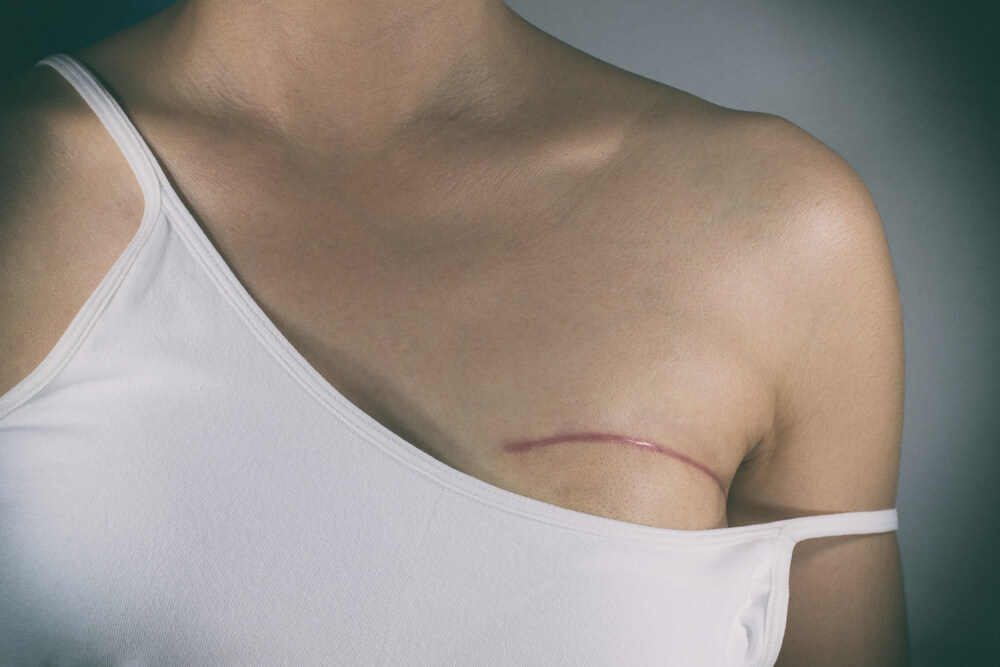
At-Home Care
Using the at-home care instructions that your doctor provides is a good way to reduce your risk of infection. You can use both prescription and over the counter medications to treat your pain, such as Motrin or Tylenol. Some of these medications both reduce pain and inflammation. If you take prescription painkillers, make sure that you drink lots of water and follow a diet high in fiber, as some of those drugs can cause constipation.
The doctor will send you home with a sterilized dressing that covers the breast. You should leave the dressing alone until your next appointment, which is when the doctor will remove it and replace it if needed. It’s also helpful to keep track of your temperature. While many women report a fever of up to 100 degrees Fahrenheit, this is natural. Only contact your doctor if your temperature climbs above this point.
You will also want to limit some of your daily activities. Though you can safely do some minor cleaning and even take a walk, strenuous activities and exercise can increase your pain and affect the drainage tube. If you have any questions or experience symptoms that concern you, give your doctor a call. Your aftercare instructions will include a list of symptoms that you should be on the lookout for and may require a follow-up appointment.
Choosing the Right Mastectomy
If you have the gene that increases your risk of developing breast cancer or have a procedure that finds cancer cells, a mastectomy is one of the best options that you can choose. Here at Breast Care Center Miami, we know that you have questions and concerns about the type of mastectomy to choose and what happens later. Call today to make an appointment to talk with one of our trained doctors about your concerns.




